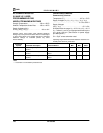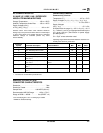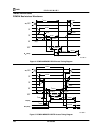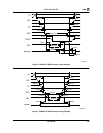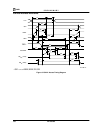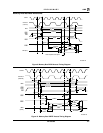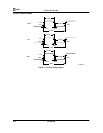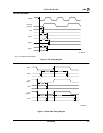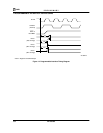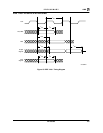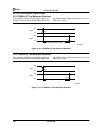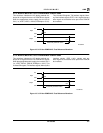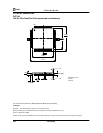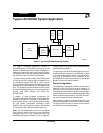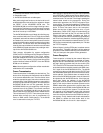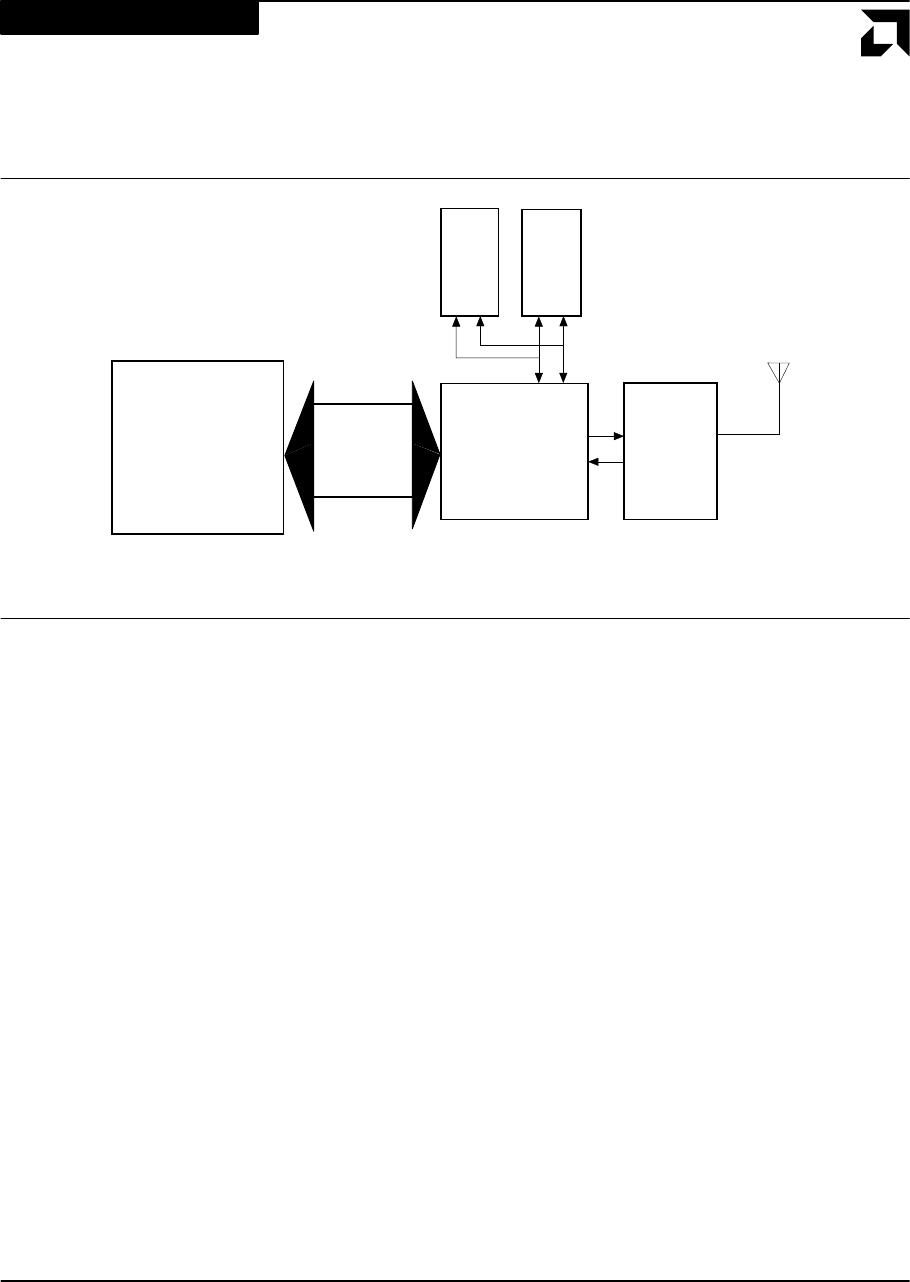
A-1Am79C930
Typical Am79C930 System Application
APPENDIX A
Host
Computer
128K
Flash
128K
SRAM
Am79C930
Radio
or IR
Transceiver
PCMCIA
or
ISA PnP
Interface
20183A-1
Figure 1: Typical Am79C930 System Application
The typical Am79C930 application contains a
Am79C930 device, a Flash memory device (up to 128
Kbytes), an SRAM memory device (up to 128 Kbytes), a
network transceiver unit, and a host computer system
connected to the Am79C930 subsystem through either
the PCMCIA or ISA Plug and Play system bus.
The Flash memory device is used to store PCMCIA CIS
or ISA Plug and Play resource data, the network ID for
the subsystem and the IEEE 802.11 (draft), and the
Xircom Netwave MAC protocol firmware that will be
executed on the Am79C930 device’s embedded 80188
core. The SRAM will be used by both the device driver
and the Am79C930 80188 core for command and status
passing, data buffer storage, and 80188 core
variable space.
In addition to these hardware components, the
Am79C930 subsystem will require network application
software, a device driver, IEEE 802.11 (draft) MAC pro-
tocol firmware stored in the Flash device before power
up, and system configuration information (either
PCMCIA CIS or ISA Plug and Play Resource Data) that
is also stored in the Flash device before power up.
Note:
The Am79C930 device allows an uninitialized
Flash memory device to be built into the Am79C930
subsystem and then to be programmed within the
Am79C930 subsystem. However, normal configuration
utilities present in the system must be disabled before
attempting this procedure.
The general function of the Am79C930 device is to pro-
vide the MAC layer functions for an IEEE 802.11 (draft)
or Xircom Netwave protocol network. The following sec-
tions give a description of the interaction of the
Am79C930 device with a device driver, the Am79C930
80188 core firmware, and the network.
Device Configuration
The PCMCIA pin is strapped in hardware to select either
PCMCIA or ISA Plug and Play mode of operation. In
either case, the host computer at system configuration
time (typically at system boot time) will read the configu-
ration information from the Am79C930 subsystem Flash
memory to determine the memory, I/O space, and inter-
rupt channel requirements of the subsystem.
After allocating a portion of system resources to the
Am79C930 subsystem, the device driver will be loaded.
The device driver will set up or reserve various areas of
the SRAM for the following purposes:



